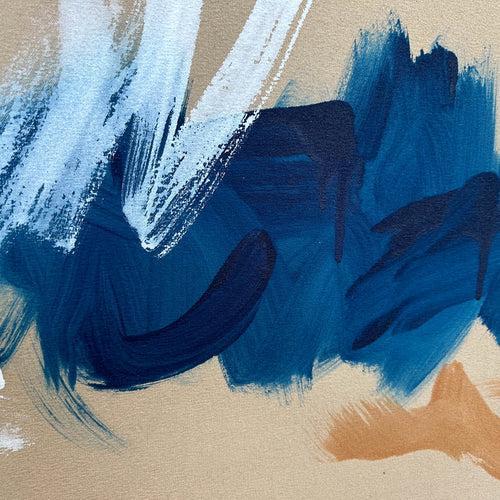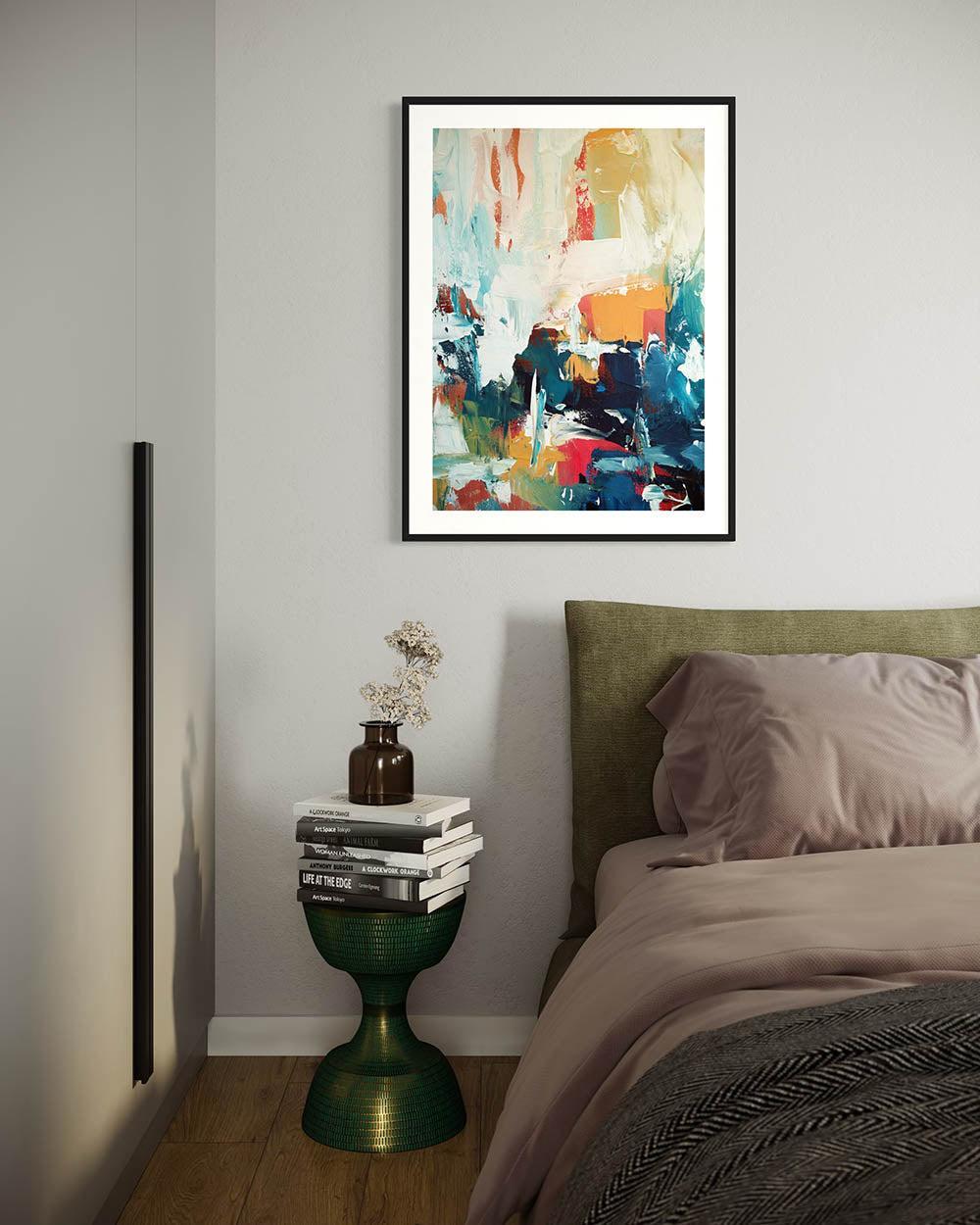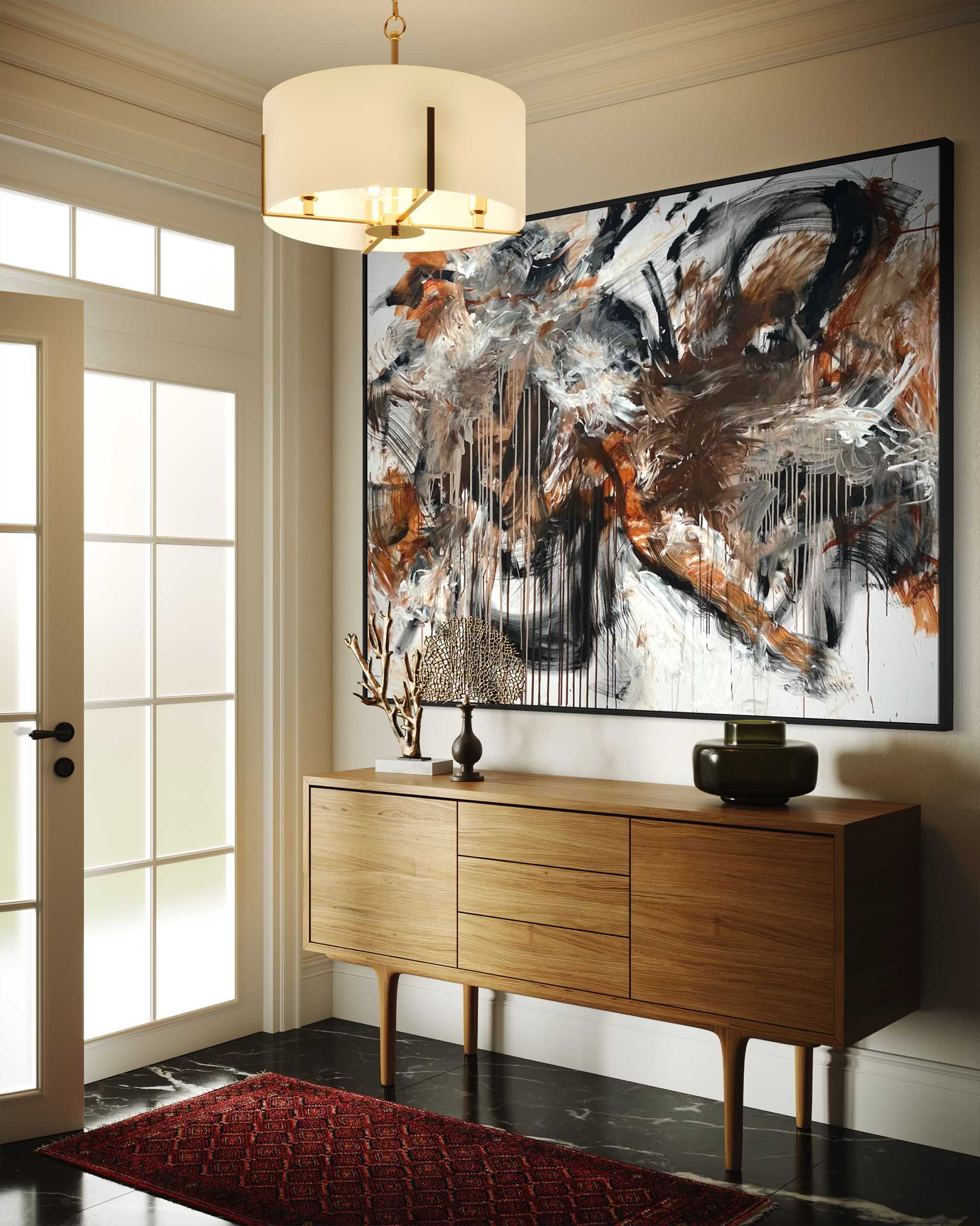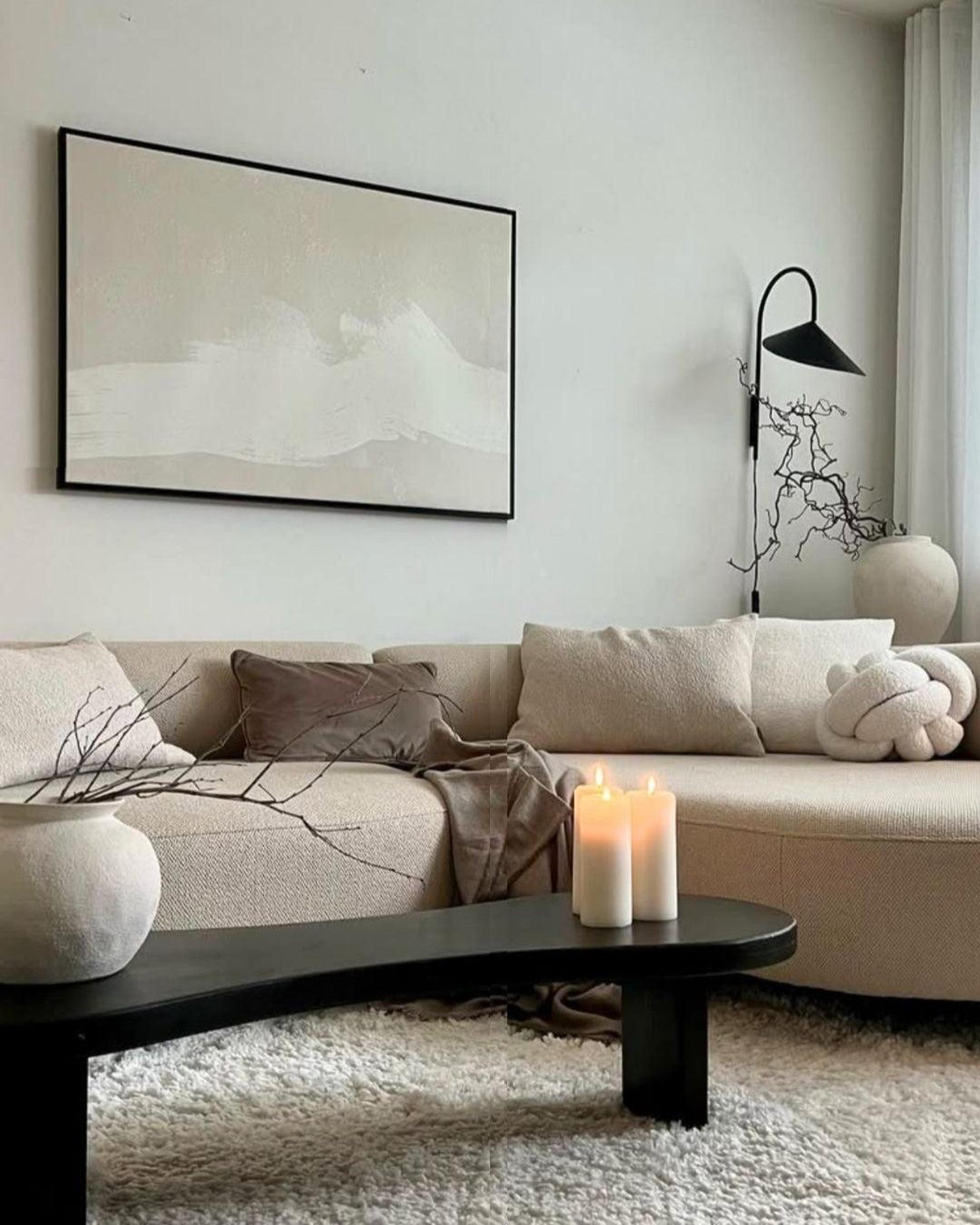A Comprehensive Guide to Abstract Art
Abstract art is a genre of visual art that emphasises form, colour, and texture over representational accuracy. It seeks to evoke emotions, provoke thought, and inspire imagination without relying on the depiction of recognizable objects or scenes. Unlike traditional art forms that aim to mirror the physical world, abstract art invites viewers to engage with the artwork on a more intuitive and subjective level.
What Abstract Art Represents
At its core, abstract art is a celebration of the intangible. It represents concepts, emotions, and ideas that cannot be confined to the physical world. By removing recognizable imagery, abstract artists challenge the viewer to interpret their works based on personal experiences and feelings.
Abstract art can convey a wide range of themes, such as:
-
Emotion: Abstract art often reflects the artist's emotional state or aims to evoke a specific mood in the viewer.
-
Philosophy: Some abstract works explore existential or spiritual questions, delving into the nature of reality and human existence.
-
Experimentation: Abstract art frequently pushes the boundaries of traditional techniques and materials, representing a quest for innovation.
The Evolution of Abstract Art
Abstract art emerged in the early 20th century as artists began to challenge traditional forms of representation. Movements such as Cubism, Fauvism, and Expressionism laid the groundwork for abstraction by emphasizing color, form, and subjective interpretation.
Key moments in the evolution of abstract art include:
-
1910s: Wassily Kandinsky created some of the first purely abstract works, believing that art should evoke emotion without relying on recognizable imagery.
-
1920s-1930s: Movements like Suprematism, led by Kazimir Malevich, and De Stijl, with Piet Mondrian, explored geometric abstraction and the search for universal harmony.
-
1940s-1950s: Abstract Expressionism emerged in the United States, with artists like Jackson Pollock and Mark Rothko emphasizing spontaneity and emotion.
-
1960s-Present: Contemporary abstract art continues to evolve, incorporating new materials, techniques, and digital technologies.
Types of Abstract Art
Abstract art encompasses a wide variety of styles and approaches. Some of the main types include:
-
Geometric Abstraction: Focuses on precise shapes and patterns, as seen in the works of Piet Mondrian and Josef Albers.
-
Action Painting: Emphasizes dynamic, spontaneous gestures, exemplified by Jackson Pollock’s drip paintings.
-
Colour Field Painting: Features large areas of solid colour to evoke emotion, as seen in Mark Rothko’s works.
-
Lyrical Abstraction: Combines expressive brushstrokes and fluid forms, often blending emotion with aesthetics.
-
Minimalist Abstraction: Strips art down to its essentials, focusing on simplicity and purity of form.
Famous Abstract Artists
Numerous artists have left an indelible mark on the abstract art movement. Some of the most influential figures include:
-
Wassily Kandinsky: Often regarded as the pioneer of abstract art, Kandinsky believed in the spiritual power of color and form. His works, such as Composition VIII, are celebrated for their dynamic use of geometric shapes and vibrant colors.
-
Piet Mondrian: Known for his minimalist compositions of grids and primary colors, Mondrian’s style exemplifies the purity and harmony of abstraction.
-
Jackson Pollock: Famous for his drip paintings, Pollock revolutionized the art world with his action painting technique, which emphasized spontaneity and physical engagement with the canvas.
-
Mark Rothko: Rothko’s large-scale color field paintings create immersive experiences, inviting viewers to reflect on the emotional and spiritual dimensions of his work.
-
Kazimir Malevich: A key figure in the Suprematist movement, Malevich’s works, such as Black Square, epitomize the radical simplicity of abstraction.
How to Appreciate Abstract Art
Engaging with abstract art requires an open mind and a willingness to embrace ambiguity. Here are some tips for appreciating abstract works:
-
Observe the Details: Pay attention to the colors, textures, and forms. How do they interact?
-
Reflect on Your Emotions: Abstract art often aims to evoke feelings. Notice how the artwork makes you feel.
-
Consider the Context: Learn about the artist’s intent and the cultural or historical context of the piece.
-
Interpret Freely: There is no right or wrong way to interpret abstract art. Your personal experiences shape your perception.
Abstract art has redefined the boundaries of artistic expression, transforming how we perceive and interact with art. By prioritizing emotion, concept, and innovation over representation, it has opened up new avenues for creativity and interpretation. From the pioneering works of Kandinsky and Mondrian to the contemporary creations of artists like Omar Obaid, abstract art continues to challenge, inspire, and captivate audiences across the globe.












